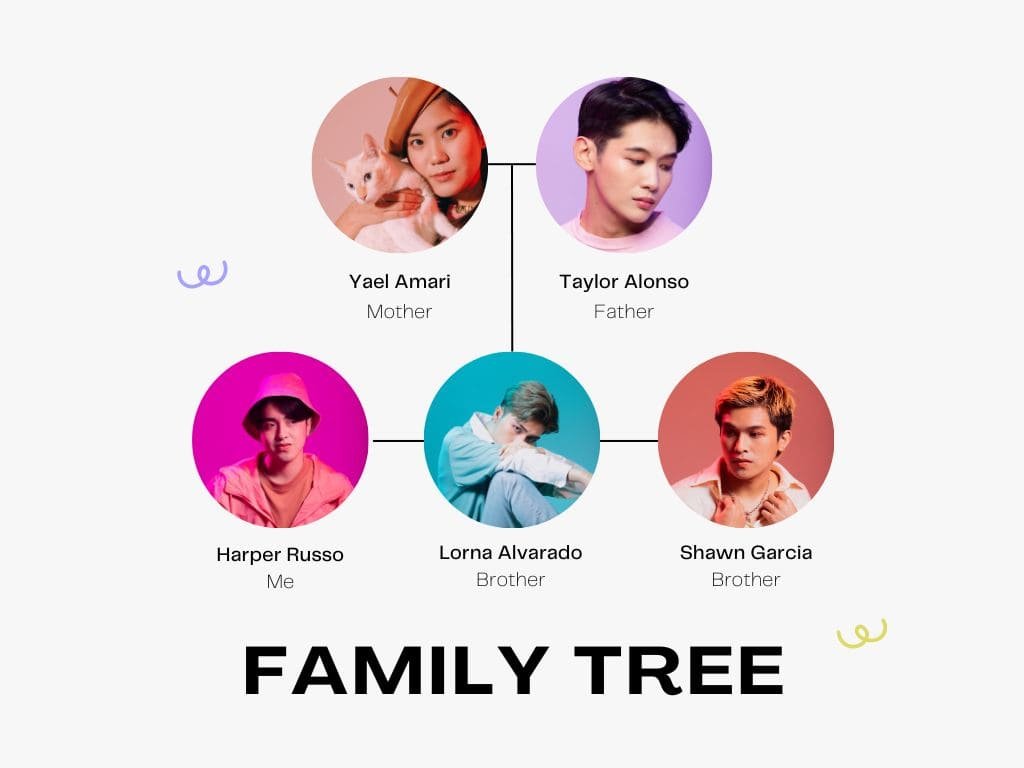How to Solve Blood Relation Questions. Many competitive exams conducted in India have a reasoning section in the paper. The reasoning section topic with the highest score is blood relations. You can easily score well in this area if you know the context. This article offers some advice and techniques for answering reasoning questions fast to assist you in better understanding how to prepare for consanguinity questions.
Table of Contents
Secret 6 Tips to Solve Blood Relation Questions
- Use symbols to represent data.
- Make use of relationship tables.
- Don’t assume gender
- Divide the question into little components
- Make a generational family tree.
- Put yourself in the question.
Below is the explanation of the above suggestions.
Put Yourself in the Question.
The best solution to consanguinity problems is this. Here, we attempt to connect each sentence to itself. The first name in the statement can be interpreted as Your name or You.
Divide the Question into Little Components
Extended statements can be difficult to understand and imagine the situation. So, to answer your question, separate each statement into its parts.
Don’t Assume Gender
Never guess a person’s gender from a question based just on their given name.
Make use of Relationship Tables
Use relationship charts to comprehend and put formal terminology for various family relationships into practice. Before attempting to solve the issue, this is crucial.
Use Symbols to Represent Data.
Use symbols like square, circle, square + circle, and square – circle when inputting the query statement. Practice this before the exam with a previous year’s blood relation questions pdf.
Read 11 Things I Always Tell My Juniors To Keep In Mind When Programming
For instance:
- Squares can represent men
- Circles can represent women
- Given the marital relationship, it can be represented by a square + a circle
- Given a sibling relationship, it can be represented by a square circle.
- A generation gap can be represented as |
Make a Generational Family Tree
Make a family tree or schematic as a starting point. The roots of a family tree are your ancestors. Leaves symbolise grandkids, whereas branches are children. Family trees are visual representations of your family tree or genealogy. Thanks to this tree-structured pedigree, you will better understand your kinship connections with the different family members.
In genealogy, inquiries regarding two different family members are examples of consanguinity issues. Such issues need a deep comprehension of the fundamental connections among all family members.

As in the case of Ram, Siam’s son, Vipur is the daughter of Hari. Vipul is related to Ram. Rekha and Ram have been married. The Littler brother of Rekha is Raghu. One son is all that Shyam has. The mother of Neha is Ram. Raghu’s son is Akash. How are Ram and Akash related to one another? It will help if you practised with the previous year’s blood relation questions pdf.
Making a family tree of all named members is the first step in the solution. Ram is Raghu’s brother-in-law, as this family tree reveals. Akash, the son of Raghu, is Ram’s nephew, while Ram is Akash’s uncle.
Quick Tips
- By looking only at a person’s name, do not assume their gender. Due to cultural variations, incorrect answers might be given back.
- Pronouns can be used to determine gender, such as ‘they’ in the query.
- Watch out for hints like “only” when reading. She has “only one” sibling, for instance.
- Choose two persons with whom you wish to establish relationships first.
- Once chosen, establish a middleman connection between the two. i.e., something that can logically lead to complex relationships.
- Last but not least, finish the required connection between the two of them.
